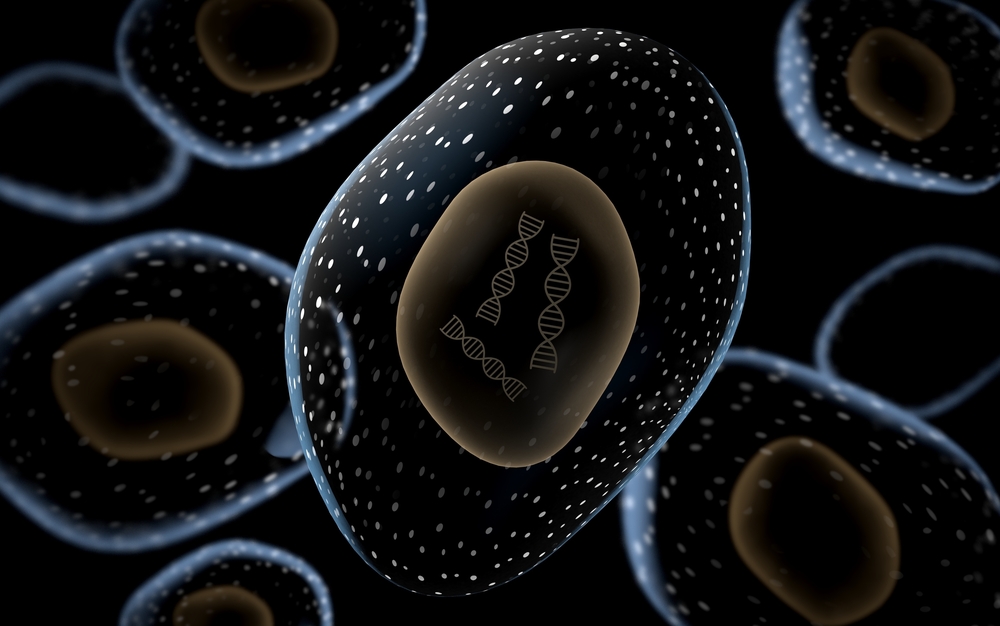New Method to Measure RNA Decay May Help Identify ALS Therapies

Researchers have developed a method to measure the effectiveness of a process of RNA destruction that clears abnormal molecules from cells. Since abnormally high production of junk RNA has been thought to contribute to amyotrophic lateral sclerosis (ALS), the method can be used to screen for drugs that may boost the degradation of these molecules and benefit patients.
The process, described in the study “Inhibition of nonsense-mediated RNA decay by ER stress,” can also be useful to develop treatments for other diseases, such as cystic fibrosis or muscular dystrophy. The report was published in the journal RNA.
When a faulty RNA molecule gets produced, the cell quickly needs to get rid of it to prevent it from clogging up other processes. Nonsense-mediated RNA decay (NMD) is crucial for clearing a particular type of flawed RNA from cells, but earlier methods to measure the activity of the process were difficult and only allowed researchers to study lab-grown cells.
By turning some of the process’s normal targets into “reporters,” the new method allowed the team to study the process in a much easier way. But the researchers did not settle on just developing the method. They started to screen chemicals, looking for compounds that could either block or boost the activity of the RNA decay system.
“Our method can screen a host of chemicals and allows us to identify molecules that regulate this efficiency,” Sika Zheng, an assistant professor of biomedical sciences at the University of California — Riverside and corresponding author of the paper, said in a press release. “We have already identified thapsigargin as a molecule that indirectly and robustly inhibits NMD.”
They also discovered that cell stress, particularly stress on the protein-making machinery called the endoplasmic reticulum, worsened the devastating effects of TDP-43 loss in lab-grown cells. TDP-43 is involved in RNA processing, and is believed to contribute to ALS disease mechanisms.
The effect of thapsigargin — blocking the activity of the NMD process — was mainly mediated by a molecule known as PERK. When researchers removed PERK from cells affected by the loss of TDP-43 — a factor believed to contribute to ALS disease mechanisms — the negative worsening impact of cell stress was reduced.
“Our method is far easier and more sensitive, and for the first time can make measurements in all kinds of samples,” Zheng said. “This is essential for drug screening. We are going to screen a larger library of chemicals to identify molecules that either boost or weaken NMD, which should help develop better and more targeted drugs for treating ALS, muscular dystrophy, and cystic fibrosis.”






